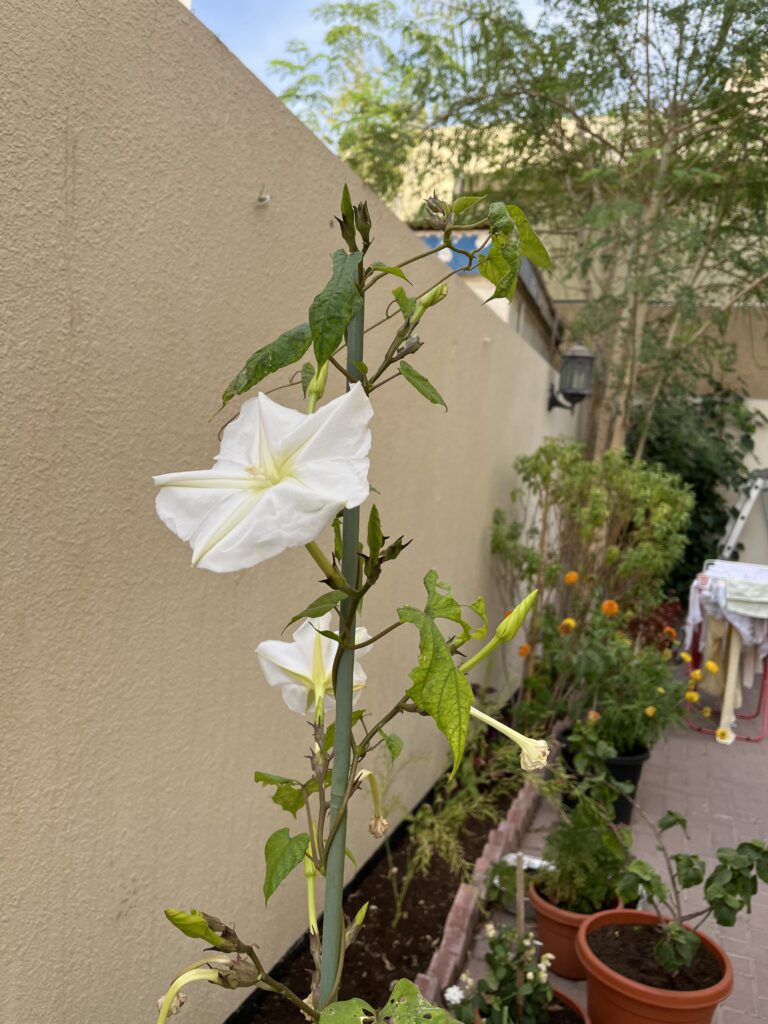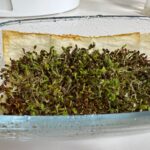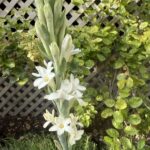Magical Moonflower
While our gardens are filled with colour and fragrance during the days, there are a few beautiful and fragrant flowers we must have that bloom at night. Apart from the Jasmines, the Chinese honeysuckle, the Sunflowers, and certain varieties of water lilies, a fabulous addition to your night garden is the Moonflower vine. The Moonflower also called a night glory, is a pristine magical plant to have in your garden. It belongs to the Ipomea family which includes the Sweet Potato vine and the Morning Glory. Moonflowers grow as annuals in the Gulf as they cannot take the very high summer temperature. Similarly, they grow as annuals in climates that have cold winters. In the US zones 10-12 they can be grown as perennials. Moonflowers in a garden don’t require much ground space. They can grow quite happily in pots as they will use a trellis to climb upwards. You can pinch back the flowers at the top to force blooming lower down, but I have never had a problem as the vine flowers throughout its length happily. Put it on an arch and you will have a beautifully scented entry into a fairy garden. Only remember that Moonflowers do contain Lysergic acid which is toxic to children and pets if ingested especially the seeds, so do keep them away from the vine.
Small plants need regular watering which you might increase as the vine flowers. The soil needs to be fertile and well-draining. Use a high phosphorous fertilizer during the growing period and then swich to a high potassium fertilizer at half strength when the flowering begins. Be careful about too much nitrogen in the fertilizer as this may just promote foliage and limit the flowering. Although it can be treated as a perennial and propagated by root division in cooler climates, here we need to collect the seeds and sow in September every year so that it starts flowering in November and then again in February. January February are normally poor flowering months here. The more sun it gets in the autumn and winter months in the day, the better it flowers at night.
So, collect seeds in April and save them. Make sure you don’t touch the seeds with wet hands and expose them to the sun for a couple of days before storing them, so the seeds are viable to sow in September. Along with the Jasmine varieties flowering now, these really add beauty and fragrance to your garden at night









Recent Comments